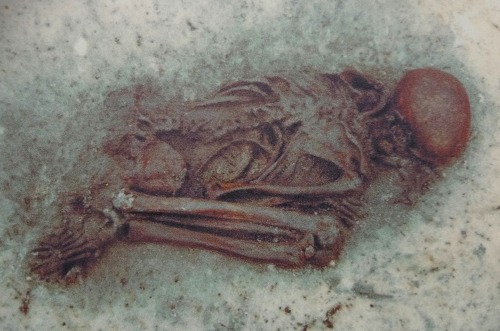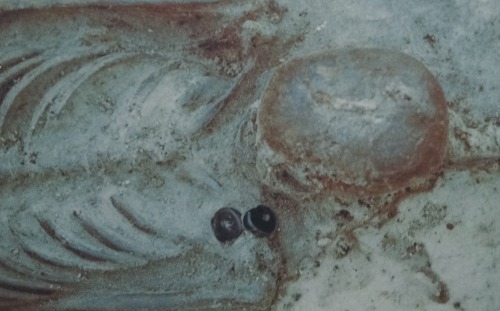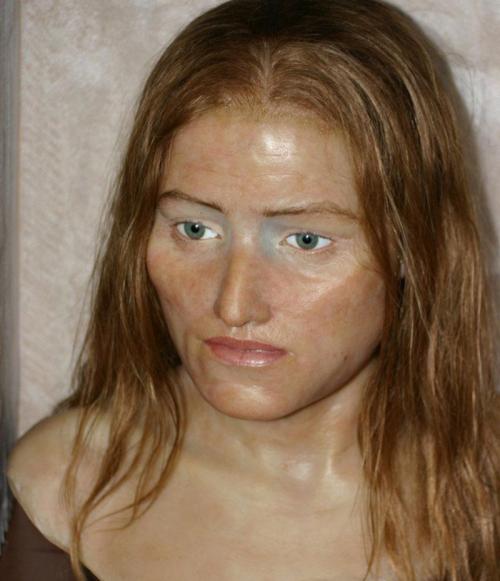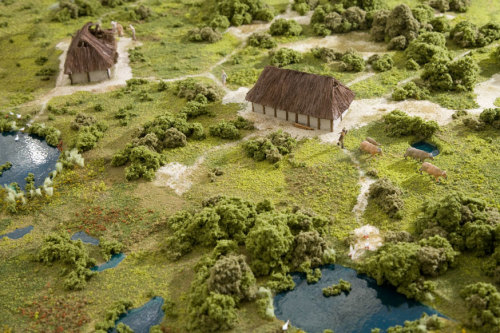Ypenburg Burial FieldIn the 1990’s, a new residential area was build in modern day Ypenbur
Ypenburg Burial FieldIn the 1990’s, a new residential area was build in modern day Ypenburg, the Netherlands. During the construction, workers stumbled upon prehistoric remains from the neolithic era. In total 30 graves, which contained the remains of 42 people, have been discovered. This makes Ypenburg one of the largest prehistoric burial site of the entire Netherlands. Nowadays Ypenburg is part of the Hague but in 4000BC, the situation was quite different. Ypenburg once was the edge of the country where the sea began. The ancient dunes of Ypenburg was therefore the ideal location to settle, safely behind the dunes protected from the sea and the winds.Archeologists have also discovered the remains of three farms. Nearby the farms, traces of agriculture have been uncovered as well. This particular burial field was found close to these three homes. Unfortunately for these people, the Dutch landscape likes to change and over time the ground became wetter and wetter. This eventually forced these neolithic people to move.Most of the 42 remains were men and women between the ages of 35 and 44 but there are some children as well. The women and children were buried with grave gifts like beads and necklaces made of amber. One of the children was buried with a ring made from bone. 20 of the skeletons belonged to children below the age of 8. This suggests that the child mortality was exceptionally high in this area. One of the adults suffered from a bone disease. The bones of all the males show signs of heavy labour. This burial field provides us with lots of information. Judging by the fact that both men, women and children were buried here, we can safely assume that this site was not a temporarily hunting camp but a permanent living area. It’s also clear that these people led a harsh and difficult life and for some reason the child mortality was high.One of the remains has been reconstructed, a skull of a young woman was used for this. She has now been named Ypje van Rijswijk and her face gives us an unique insight in how these neolithic Dutch people would have looked like. Here are pictures of some of the remains, one showing a grave gift, the reconstruction of Ypje, reconstruction of the landscape and footprints of the cattle that they kept. -- source link
Tumblr Blog : prehistoriceurope.tumblr.com
#ypenburg#neolithic#the hague#hazendonkcultuur




